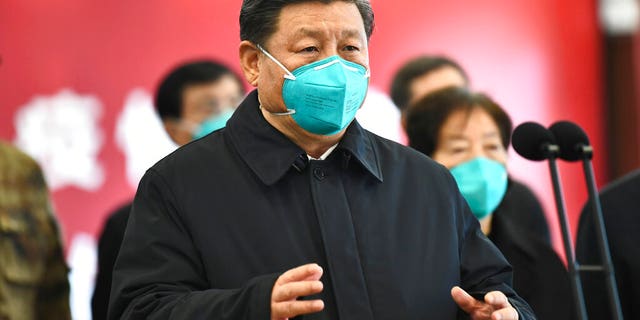There is increasing confidence that COVID-19 likely originated in a Wuhan laboratory not as a bioweapon, but as part of China’s effort to demonstrate that its efforts to identify and combat viruses are equal to or greater than the capabilities of the United States, multiple sources who have been briefed on the details of early actions by China’s government and seen relevant materials tell Fox News.
This may be the “costliest government cover-up of all time,” one of the sources said.
The sources believe the initial transmission of the virus was bat-to-human – a naturally occurring strain that was being studied there – and that “patient zero” worked at the laboratory, then went into the population in Wuhan.
The “increasing confidence” comes from classified and open-source documents and evidence, the sources said. Fox News has requested to see the evidence directly. Sources emphasized — as is often the case with intelligence — that it’s not definitive and should not be characterized as such. Some inside the administration and the intelligence and epidemiological communities are more skeptical, and the investigation is continuing.
What all of the sources agree about is the extensive cover-up of data and information about COVID-19 orchestrated by the Chinese government.
CLICK HERE FOR COMPLETE CORONAVIRUS COVERAGE
Asked by Fox News’ John Roberts about the reporting, President Trump remarked at Wednesday’s coronavirus press briefing, “More and more we’re hearing the story…we are doing a very thorough examination of this horrible situation.”
Documents detail early efforts by doctors at the lab and early efforts at containment. The Wuhan wet market initially identified as a possible point of origin never sold bats, and the sources tell Fox News that blaming the wet market was an effort by China to deflect blame from the laboratory, along with the country’s propaganda efforts targeting the U.S. and Italy.
U.S. Embassy officials warned in January 2018 about inadequate safety at the Wuhan Institute of Virology lab and passed on information about scientists conducting risky research on coronavirus from bats, The Washington Post reported Tuesday.





